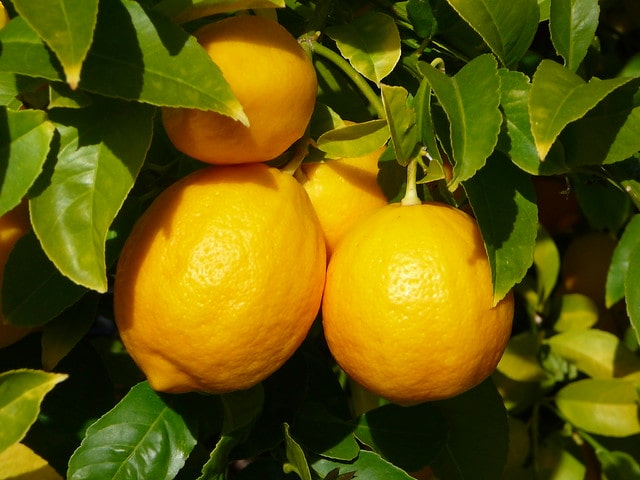
Citrus trees, such as lemon and orange, are very attractive and not only provide tasty fruit for your family but also make a great addition to your garden. They are beautiful and produce wonderful fragrance when they are blooming.
Many people want to grow citrus fruits, but they are scared these trees won't do well in their climate zone. This fear is somewhat justified: lemons and oranges don't do well in cold. In case your climate zone is below 9, you can't grow citrus trees in your garden year-round. However, that doesn't mean you can't grow them at all.
The trick is to plant dwarf citrus verities in containers so they can be moved indoors during winter. This way, you will get all the benefits of citrus trees: beautiful green leaves, wonderful flowers, fragrance in spring and all those tasty fruits. All this without having to worry about climate conditions and cold.
Dwarf Citrus Trees
Dwarf citrus trees are very convenient. They can easily be planted in the garden or in a container. In the garden, they grow to about 8-12 feet in height. However, if you plant them in a large container they will remain smaller, so they will be easily portable.
The trouble with dwarf citrus varieties is that they are very sensitive to cold, even more than their larger cousins. They simply won't do well in cold climate, even though there are varieties that can take a bit of frost. The good news is that since dwarf citrus trees are easily portable, you can plant them in a container and simply move them indoors during winter.
Popular Citrus Tree Varieties
Here are some of the most popular citrus tree varieties suitable for home gardens or even containers. It's good to know that most of the popular types have been grafted onto dwarf or semi-dwarf rootstocks, so you can grow them in containers.
Popular citrus tree varieties:
- Oranges: 'Dwarf Campbell Valencia', Dwarf Washington Navel'
- Lemons: 'Improved Meyer', 'Dwarf Lisbon'
- Limes: 'Dwarf Bearss Seedless'
- Blood Oranges: 'Clementine', 'Satsuma', 'Dwarf Tango'
- Mandarin Oranges: 'Clementine', 'Satsuma', 'Dwarf Tango'
- Grapefruits: 'Dwarf Redblush'
- Kumquats: 'Nagami'
How to Care for Your Citrus Tree
The best way to get your citrus tree established in the best way is to buy them bare-root and place them in the ground while they are still in their dormant state. If you miss this period you should look for citrus trees that are already planted and thriving in containers. If you choose to move them to your garden they will go through a bit of transplant shock but they should do well despite that. Still, the bare-rooted ones are better because they will simply "wake up" in the spring without even realizing they've been transplanted to a new location.
It's important to keep in mind that citrus trees all enjoy soil rich in organic matter and plenty of sun. However, even more important than a loamy soil is a well-drained soil, so that's something to keep in mind. A well-drained soil is one of the main requirements for citrus trees. They need soil that's evenly moist but they don't like a constantly soggy area. This can promote rotting, and it's particularly bad in some clay type of soils, so that's something to keep in mind.
Citrus trees do best when they are on a regular watering schedule. Don't let the soil dry out completely before you water your tree again.
Bring Dwarf Citrus Trees Indoors
Your dwarf citrus trees will do great in your garden during summer. However, you will want to bring them indoors during winter. Before you bring your tree indoors, place it under an overhang for a few weeks before you bring it indoors. This will allow the tree to get accustomed to the new environment gradually and without a shock.
Similarly, when you want to bring your tree outside in the spring, reverse this process. A few weeks before you take it outside, place it under an overhang before you move it to the garden.
When you bring your tree indoors, make sure to place it near a south-facing window and away from direct heat. This way, it will be able to soak up the most sun. If it's impossible to place it near a south-facing window, try a western one. Keep in mind that the more sun it gets, the better. More sun means a healthier plant and more fruits. Also, keep in mind that citrus trees prefer a bit of acidic soil, so make sure to add some fertilizer about every 4-6 weeks.
How to Harvest Citrus Trees
It's important to remember that fruit a citrus tree gives will depend both on the type of fruit and the variety. For example, some oranges will have fruits almost year-long and will have fruit at the same time as flowers. Other varieties have a more strict schedule. Some will have ripe fruit in late fall and early winter.
Keep in mind that the fruit will ripen only while it's still on the branch. Which means you can't do what you can with tomatoes: harvest them and leave them to ripe. It just doesn't happen with citrus tree fruit. If you harvest oranges while they are not sweet enough this is what you'll be left with: they won't ripe any more and they won't become any sweeter. For successful harvesting, it's best to familiarize yourself with your tree and its fruit. Read a lot about the variety and observe your tree. Try some fruit to see if it's ready. If not, leave the other fruit on the tree to ripe some more before you harvest it.
Photo credit: alasam
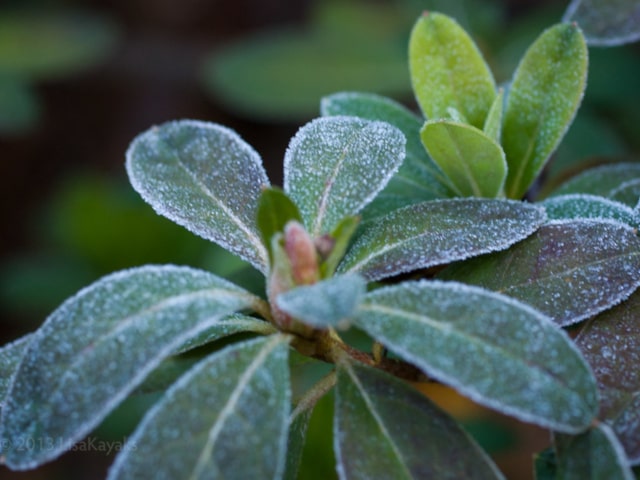
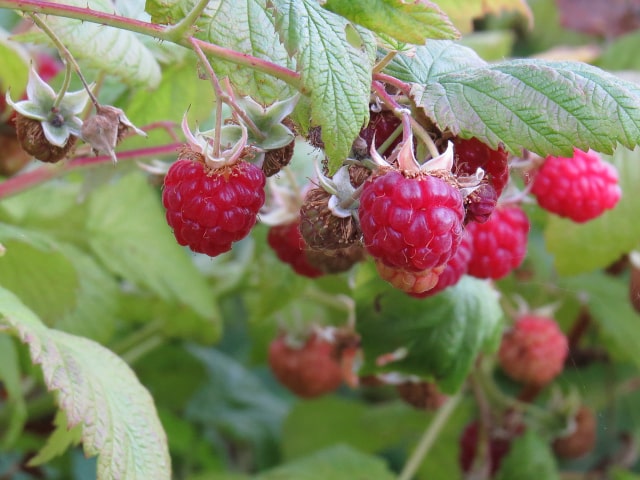
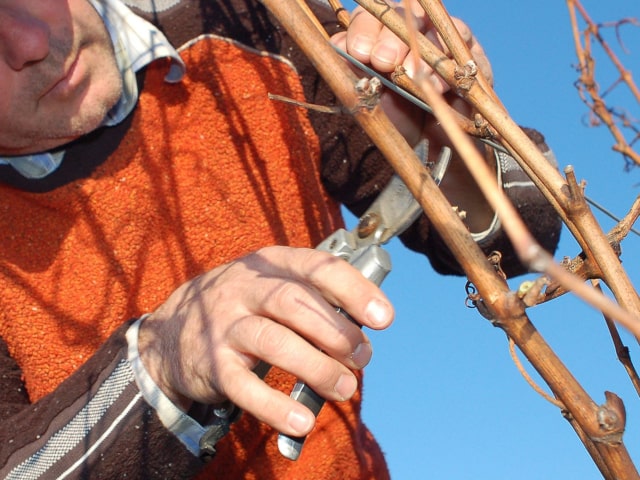
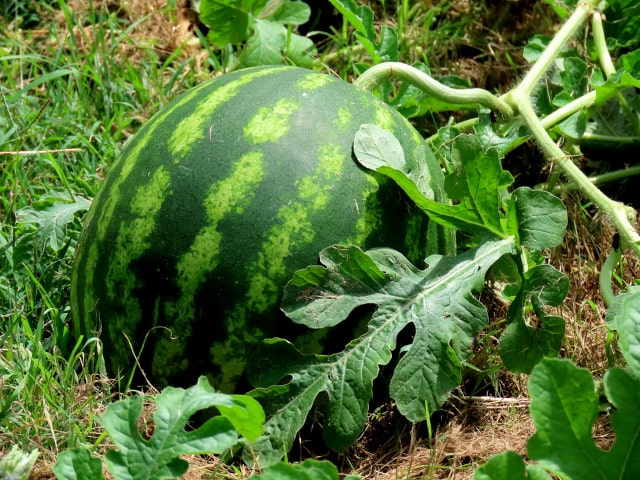
3 Comments
I have four citrus trees, one lime, one lemon and two orange. One of the orange trees is a dwarf. Since I live in Minnesota, I bring them in each year in early October and put them out in spring when the temperatures warm to the 70s. I brought them in this fall, and when I did, they all bloomed. I sprayed them with Grow Scripts Bloom-Time and fertilized them. Three of the trees are doing great but one tree -- the lime that produced great fruit last year -- has lost almost all its leaves and its tiny fruit, too. What should I be looking for?
Does pruning citrus trees keep them healthy?
For the past two years my orange tree has only produced quite small fruit, previous years saw good sized fruit. Any suggestions as to what might be the problem and how to correct?